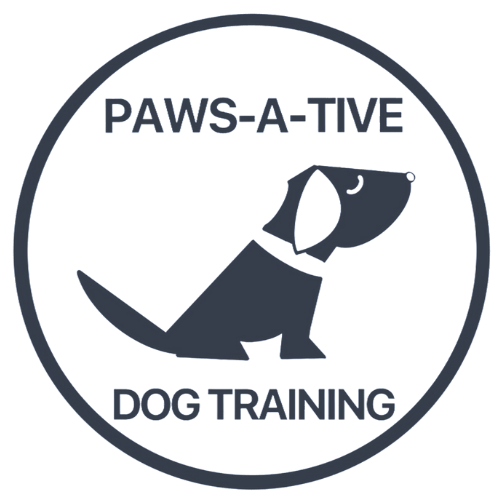Bringing home a new puppy from a breeder
(Our next blog addresses puppies/dogs that are adopted!)
You did your research on breeds and breeders
You put your deposit down on a puppy with joyful giddiness!
You read countless articles about everything you need to know about a puppy.
And FINALLY! The day arrives that you bring your new puppy home!
“By failing to prepare, you are preparing to fail.” — Benjamin Franklin
Preparation that you should have already done before your puppy comes home includes:
Have purchased ALL your puppy supplies including, bowls, food, puppy toys, grooming tools, house cleaning solution (maybe a few bottles!) puppy pads, long line, regular leash, ID tag already printed up if only with a phone number when a name hasn’t been decided on, harness, new puppy vet appointment, and car restraint/set up, to mention a few!
Puppy-proofed the areas your puppy is going to have access to-and when you think you have done it all, get down on your hands and knees and take another good look at things from your soon-to-be puppy’s perspective.
When you get done inside, then you need to go outside. Puppies can squeeze through pretty small gaps, so secure your yard! Decide if you want to have your puppy eliminate in one specific area, and if so, then prepare to leash your pup up on a long line every time you take them out after meals, play, waking, etc.
If you have a pool, then you need to constantly supervise that puppy. Dogs don’t intuitively know how to swim OR how to get out of a pool. They can slip in, go under, and not make a sound.
I always recommend putting a long line (leash) on your puppy when in the back yard until they learn your rules for being outside. You can quickly stop them, redirect their movement and finally reel them in at midnight because they don’t understand ‘come’ in a whispered holler.
Make sure that you don’t have any poisonous plants that the puppy can get into. Learn more about poisonous plants here.
Purchased an ex-pen (think of it as a pack-and-play for your puppy).
The set-up is quick and easy and can be moved from room to room.
The crate can be placed inside during the day. Put down a few puppy pads, some toys, food (if you so choose), water and you have a puppy who is safe and contained when you can’t supervise them.
The location should be in an area where the puppy has a good view of you and activities, but away from drafts or sunny doors/windows.
If you live in a hot climate, make sure there is either a ceiling or floor fan to help move the air around.
Purchased a crate & decided where the puppy will sleep. The crate may go in the ex-pen during the day, and if possible, in your room at night to help with the separation issues they experience being away from their littermates and mom. Depending on the time of year and where you live, you want to make sure that your new puppy will stay warm or cool. A reputable breeder will have already introduced the puppy to the crate, so that is one-quarter of the battle. (more on that later!)
Have a Puppy Schedule/Calendar that outlines the care the puppy will need.
Who will feed the puppy and when? Who will be responsible for taking the puppy out? Who will do the training? Who is home when? My puppy owners rarely have discussed this in detail before their puppy comes home with the notion that things will fall into place. Oh yeah---and who is getting up with the howling puppy at 2:00 a.m.
Family/House Rules are crucial if you want a puppy who adapts more quickly and successfully.
This is a conversation that has to happen before you bring the puppy home so that everyone is on the same page—and print it out and put it on the fridge so no-one gets to say ‘they forgot!’ If everyone is not practicing the same rules, then you can’t expect, or fault your puppy when they get things wrong. This is one of the biggest issues I encounter when I am called into a home dealing with a puppy that has developed bad behaviors and habits. You have to all agree on what method you use to correct mistakes. Many people think that using Positive Reinforcement training methods means there are no restrictions and that punishment is the best way to go. Nothing could be further from the truth. But that is a whole other blog!
Puppies are cute, I get it. One little bite of human food, a quick cuddle on the couch or bed when no one else is looking, rough-housing—you get the picture! Families argue and fingers get pointed, but the one who suffers is the puppy. Consistency is key—puppies have enough hurdles in their new lives, so don’t add to them!
Have decided what your goals are going to be with your new puppy.
Most people don’t think about this question. Even puppies purchased to just be a family pet, still are going to need continued socialization and basic obedience.
If you have an active lifestyle and want your pup to join you, then you definitely need to make sure that their socialization has layers to it, as well as their obedience.
Would you like to get involved with your pup in Agility, Rally, Scent work, or Dock diving? Then you need to make sure that your pup has solid crate behavior and is also well socialized.
